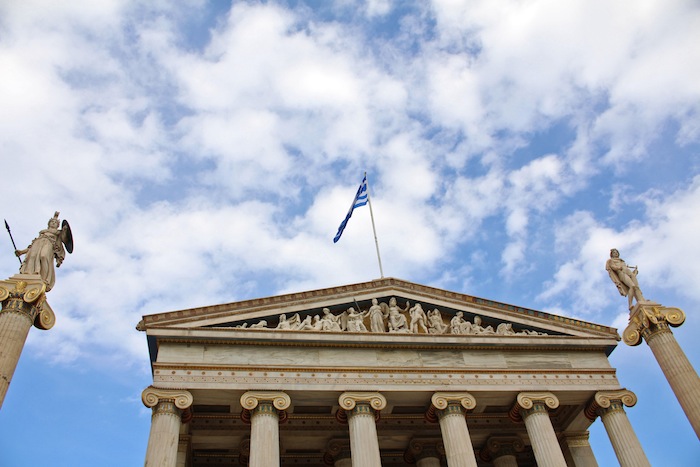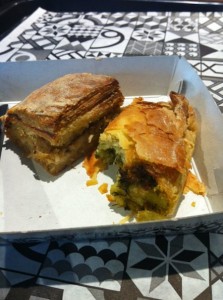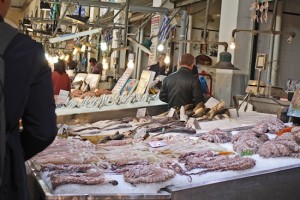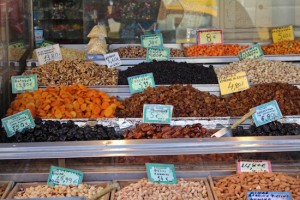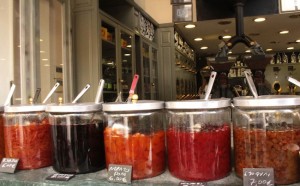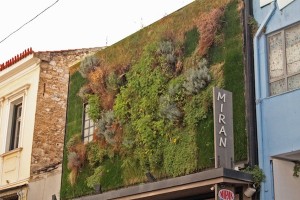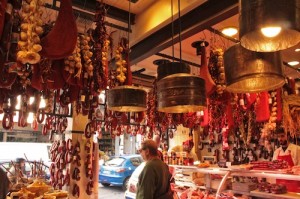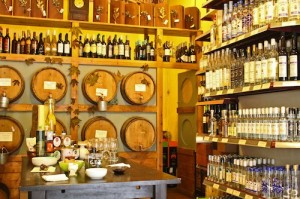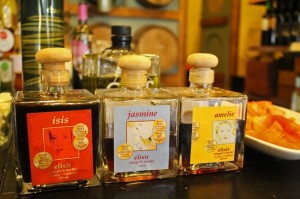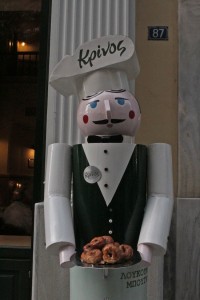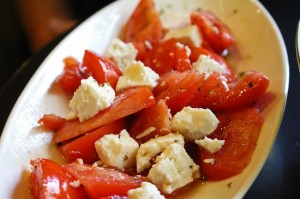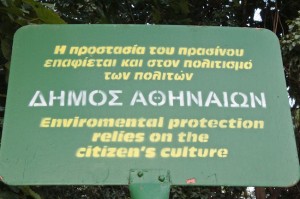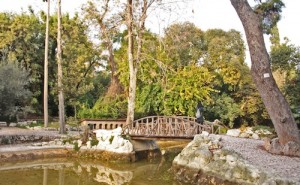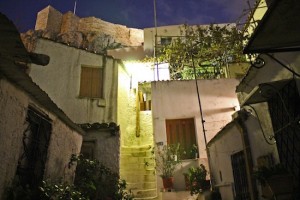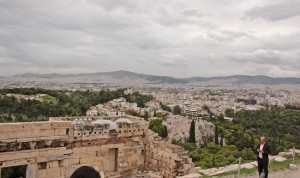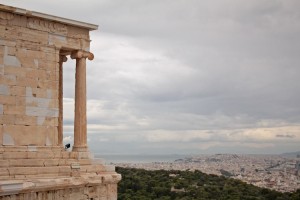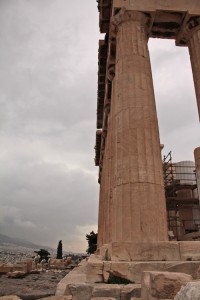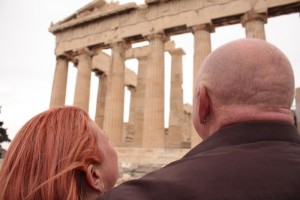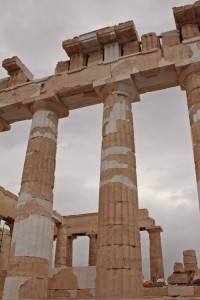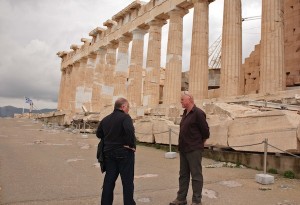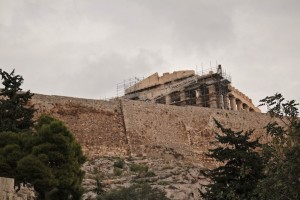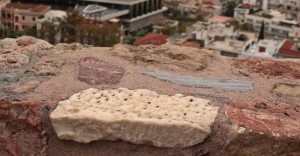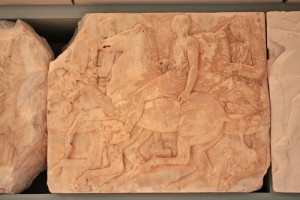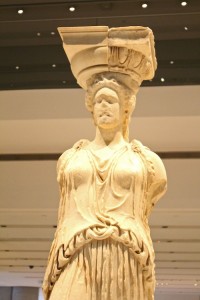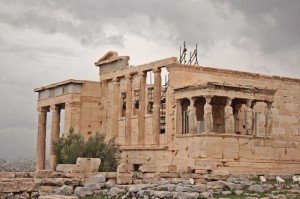It’s that time of year, when families and friends gather around for feasting. So we thought we would introduce you to some of the delicious foodie delights of Greece. You’re going to feel hungry after this …!
In all our travels we pride ourselves on being independent and making our own discoveries. We have found all kinds of things that aren’t on the tourist trails, but we have sometimes missed out as well. So we decided to book a walking tour and Athens Walks Tour Company – with its perfect rating on Trip Advisor seemed like a good place to start.
An army walks on its stomach, so we opted for the food tour first, to get a different angle on the city. We began at breakfast – well 10am for us! – at the lovely Meliartos bakery not far from the Monastriaki flea market, with traditional Greek pies of spinach and cheese.
Over the course of the next few hours we strolled with Kostas, our guide through the places that Athenians go for their food – the fish, meat and veggie markets…..
…… and the traditional coffee brewers.
We visited the most amazing cured meats and cheese shop, Miran, which has a few surprises in store for you……
and got our own table at a high class deli – Pantopolio tis mesogeiakis Diatrofis (which means the place of the Mediterranean diet!) – where we got treated to real Greek salad and some great tasting vinegars and oils.
We got an old fashioned welcome at one of the long-established café, Krinos, still making loukoumades donuts in the traditional way.
We were inspired by the tastes – who would have thought that a shot glass of flavoured vinegar would taste so good, or even a glug of olive oil; or a oil-cooked donut could be so light and fluffy; or that a real greek salad is the colours of the Italian flag; tomato red, oregano green and feta white.
We were equally inspired by the company and our new-found friend. Kostas then took us to some of the less explored areas of Athens; via a good coffee at the Aegli Café and then through the once Royal, now National, gardens, planted nearly 200 years ago by Greece’s Swedish queen….
….up into the secretive Cyclades village built at the base of the Acropolis wall by stonemasons from the islands and still inhabited by their descendants; through the pine-clad park on the The Filopappou hill to Socrates cave jail and up onto one of the best and least used viewing points of the city.
We walked and talked of many things for ten hours, lubricated a little along the way with a visit to Brettos – an Athenian institution, where if you can name the fruit, they will probably have made a liquor from it!
It was a day of real pleasure and indulgence, so then next day we decided to put ourselves in the hands of Kostas’ colleague, Thanasis to take us around the Acropolis.
The goddess Athena battled Poseidon for the honour of being the patron of the city – hence its name.
The Parthenon was built to honour Athena. It is incredible to discover that the architects had built the temple with slightly inward titled columns, to better withstand the many earthquakes that rock Greece to this day. The Parthenon has been attacked, blown up, drilled and chiselled, but none of the columns has fallen because of an earthquake.
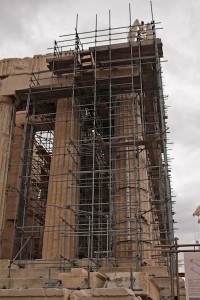
The Acropolis is a World Heritage site, but the responsibility and cost of conserving it falls entirely to Greece
Thanasis is a professor of archaeology. He is also a theatre director and he managed to combine the drama and history of the Acropolis brilliantly.
He also told us of some of its great archaeological controversies. After the Persians sacked Athens and destroyed the Acropolis in 480BC, the walls were rebuilt using materials from some of the destroyed temples and buildings. While it is now a significant archaeological structure in its own right, because much of it was built using stone that had been part of ancient Greek temples, there is great debate between experts as to whether the wall should be once again brought down, to recover those lost treasures, or if it stands as a war memorial to those who died.
Debris from the damaged Parthenon is amongst the stones that were used to rebuild the Acropolis walls.
There is less debate about the horrific damage done by the British aristocrat Lord Elgin. In a looting spree in 1801 he hacked out entire statues and facades from sacred temples, chiselled the faces off others and left the remains broken on the ground. Ironically his grand larceny became so costly that he eventually had to sell his ill-gotten gains to the British government.

This is what part of the Parthenon frieze would have looked like if Elgin had not stolen pieces and smashed the rest
The most famous of his trophies is the solitary caryatid still housed in the British museum, while her five remaining sisters stand as silent witnesses to his archaeological vandalism.
The history of Greece is full of drama – brilliant scholars, architects, scientists and artists; seemingly endless wars and revolution and in more modern times a more peaceful favourite holiday destination for millions.
It seems fitting that the distinctive blue and white flag represents almost all the facets of this country’s turbulent and magnificent life.The stripes, depending on whom you ask, either symbolize the gorgeous blue seas and plump white clouds of the Greek sea and sky; the nine muses of Greece who represented art and civilization or, more dramatically, or the nine syllables which make up the phrase “Ελευθερία ή Θάνατος” – “Freedom or Death”.
Who knows which is the correct version – they all have their part to play in Greek life and history; and we would not presume to guess. We take our cue from one of the greatest Greeks – Socrates, who famously said “The ancient Oracle said that I was the wisest of all the Greeks. It is because I alone, of all the Greeks, know that I know nothing.”

